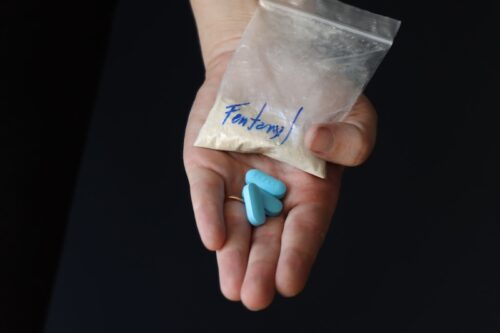Treating ADHD Symptoms in ASD
Children with autism spectrum disorders (asd) frequently have comorbid attention-deficit/hyperactivity disorder (adhd) symptoms. in fact,it is estimated that these symptoms, including inattention, hyperactivity, and impulsivity, affect 41% to 78% of these children. however, there have been no practice guidelines to aid clinicians in treating adhd symptoms in children with asd.
This issue was recently addressed by a group of specialists in the treatmentof comorbid conditions in childrenwith asd, the autism speaks autism Treatment Network psychopharmacology committee (aTN-pc), Medication choice subcommittee. drawing on both existing evidence and collective clinical expertise, the aTN-pc aimed to develop practice pathways for evaluating and treating adhd symptoms in children with asd.
The group conducted a systematic review of literature published between the years 2000 and 2010 to evaluatethe benefits and adverse effects of medications on adhd symptoms in children with asd. The medications included stimulants, atomoxetine (strattera), alpha agonists, and antipsychotics. The search yielded 31 articles appropriate for inclusion. The most randomized controlled trials (rcTs) were found for antipsychotic agents.in these studies, the medications were being studied primarily for the impact on behavioral symptoms and irritability, not ADHD symptoms. however, the benefit for adhd was a secondary outcome, with improvement reported primarily in hyperactivity. of the rcTs focusing on adhd symptoms, the stimulant methylphenidate had the most evidence available.
The aTN-pc developed a symptom evaluation pathway for the treatmentof adhd symptoms in children with asd. They recommends that once an asd child with adhd symptoms has been identified, behavioral, educational, and speech and language supports should first be maximized to target the underlying asd symptoms. Then, ifthe adhd symptoms remain, existing questionnaires and tools to evaluate the adhd symptoms should be employed, along with a thorough medical evaluation to exclude confounding medical comorbidities. The “medication pathway” then provides guidance for psychopharmacology in cases where the behavioral and other supports are insufficient to control the adhd symptoms.
In these cases, the aTN-pc recommends beginning with a stimulant, generally methylphenidate, in a short acting form to assess for side effects before switching to a long acting agent. although stimulant medications have fewer rcTs and a demonstrated efficacy of approximately 50% (compared with 69% in children without asd), they remain the first choice due to the demonstrated safety profile and decades of use and experience with them. Notably, children with asd have shown to have lower effect sizes and be more sensitive to medication side effects in general. Thus, antipsychotics, which have more serious side effects, are reservedas a last choice after considering other agents, despite having the most evidence for asd (Mahajan r et al, Pediatrics 2012;130:S125–138).
CCPR’s Take: These practice pathways provide much needed guidelines in the treatment of adhd symptoms in children with asd. a limitation is the lack of rcTs available for guidance on this topic. The development of these pathways is particularly timely considering the reported change for
the DSM-5 to allow for the concurrent diagnoses of ASD and ADHD, which may result in increased identification and treatment of ADHD in children with ASD.
Newsletters
Please see our Terms and Conditions, Privacy Policy, Subscription Agreement, Use of Cookies, and Hardware/Software Requirements to view our website.
© 2025 Carlat Publishing, LLC and Affiliates, All Rights Reserved.


_-The-Breakthrough-Antipsychotic-That-Could-Change-Everything.jpg?1729528747)



